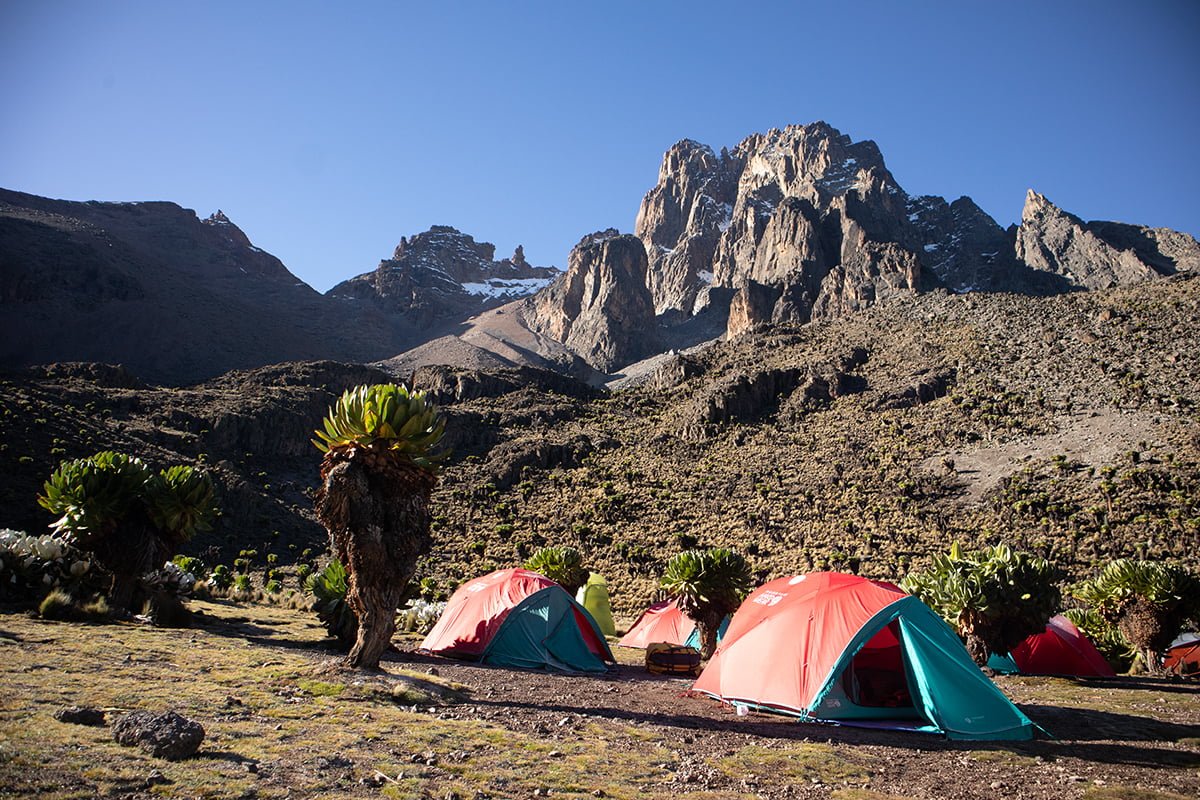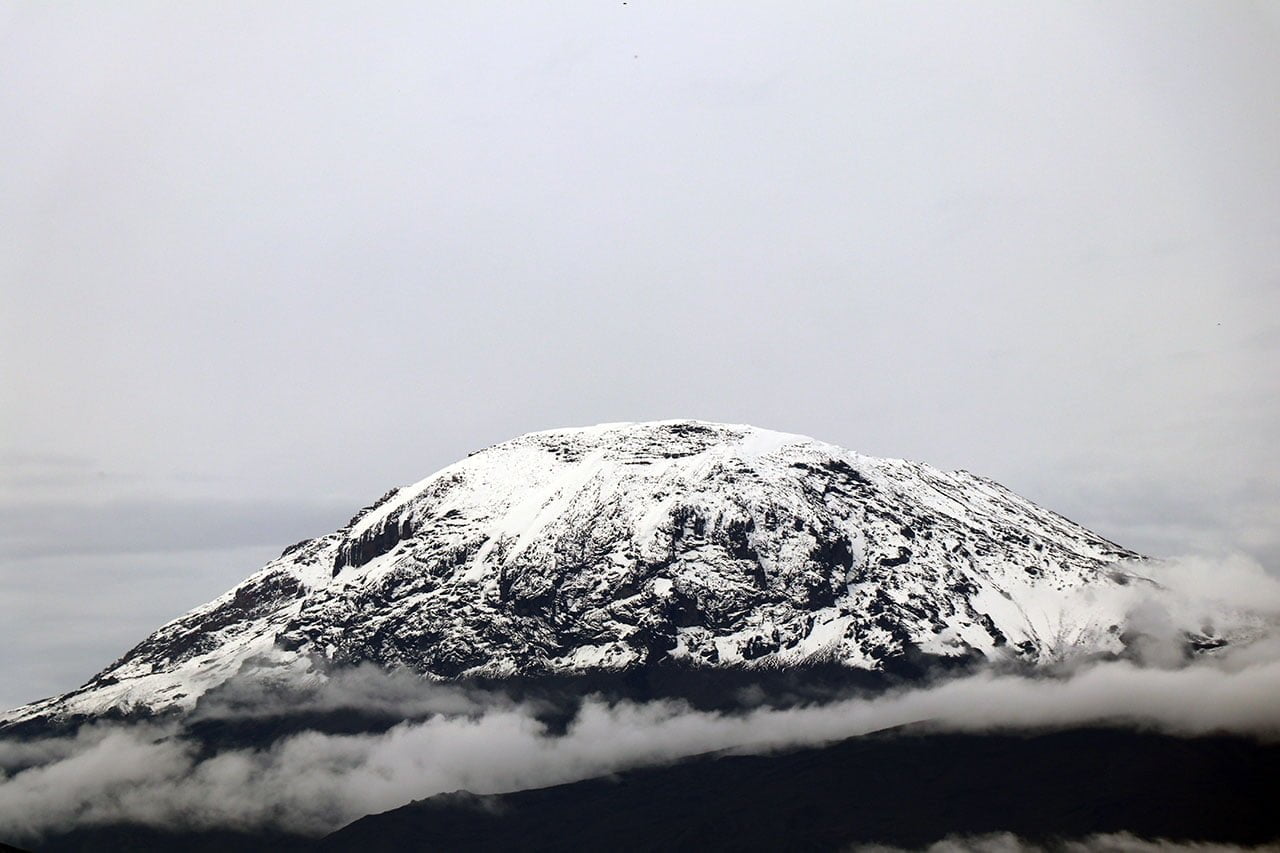Kilimanjaro Climbing Trends 2025

Kilimanjaro Climbing Trends 2025
Explore the 2025 trends in climbing Mount Kilimanjaro.
Mount Kilimanjaro, Africa’s tallest peak at 5,895 meters, symbolizes natural beauty and is a major destination for climbers. Kilimanjaro climbing trends for 2025 highlight shifts in popularity and techniques. Known for its diverse landscapes—rainforests, meadows, and glaciers—Kilimanjaro’s status as part of the Seven Summits continues to attract climbers globally. Since its first ascent in 1889 by Hans Meyer and Ludwig Purtscheller, the mountain has been a significant milestone in climbing. As we approach 2025, these trends reflect broader changes in the mountaineering community.
Discover 2025’s climbing trends, techniques, and shifting demographics.
The trends and changes in climbing popularity and techniques for 2025 reveal a diverse and evolving demographic on Mount Kilimanjaro. The 25–34 age bracket has notably increased as millennials seek transformative experiences. Climbers over 55 are also growing in number due to advancements in gear. These trends show a broader range of nationalities, with more participants from Asia and South America. Gender dynamics have shifted, with women now making up nearly half of the climbers.
Social media and modern cultural trends strongly influence these changes through vivid images and personal stories. The post-COVID era has increased appreciation for physical challenges and nature. Adventure tourism’s focus on personalized and eco-friendly experiences is also impacting climbing habits. These evolving trends highlight Kilimanjaro’s status as a captivating and transformative adventure destination.
Shifts in climbing popularity and techniques for 2025 reveal advancements in gear and methods.
In 2025, climbing trends will bring remarkable advancements in gear and safety. These trends will offer climbers unprecedented safety, efficiency, and sustainability. Modern gear, such as lightweight, high-strength materials in harnesses and ropes, enhances ease and confidence. Moreover, safety equipment now features smart sensors to detect hazards and reduce traditional risks.
In terms of training, methods will benefit from virtual reality simulations and biofeedback technologies. Additionally, sophisticated GPS systems and weather apps will provide real-time updates. The focus on environmental sustainability in climbing will reflect a commitment to eco-friendly materials and processes, aligning with the climbing community’s growing environmental awareness.
Environmental and Ethical Considerations: Sustainable Climbing Practices
The rising popularity of climbing Mount Kilimanjaro has led to significant environmental and ethical challenges. For example, key issues include waste management and ecosystem preservation. To address these problems, portable toilets and waste removal services have been introduced. Additionally, climbers are urged to stick to designated trails to protect vegetation and wildlife and to follow a ‘Leave No Trace’ philosophy.
Furthermore, ethical concerns also focus on local porters, who are vital for climbs. As a result, guidelines now ensure fair wages, proper gear, and medical support for porters, with organizations like the Kilimanjaro Porters Assistance Project advocating for their rights.
Moreover, responsible tourism policies now limit climber numbers, enforce waste management, and support conservation efforts. Therefore, climbers can contribute by choosing eco-friendly operators, reducing plastic use, and participating in clean-up efforts. In doing so, they help preserve Kilimanjaro’s beauty for future generations.





